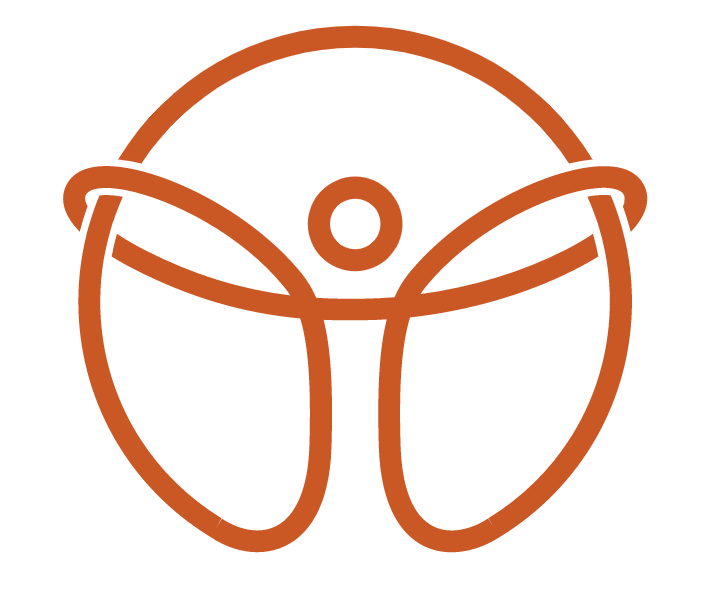Did You Really Dislocate Your Shoulder? Why It Might Be Something Worse (And What to Do About It)
If you’ve ever taken a hard fall onto your shoulder—whether on the field, trail, or sidewalk—you might’ve been told you “separated” your shoulder. But did you know there are actually two common types of shoulder separations? And each has a different cause, treatment plan, and timeline for return to activity. Let’s break down the difference between an AC separation and a GH dislocation, how to recognize each, and how we treat them at MVMT STL.
AC Separation vs. GH Dislocation: What’s the Difference?
AC (Acromioclavicular) Separation
This occurs when the ligaments connecting your collarbone (clavicle) to the shoulder blade (acromion) are torn or sprained. It often happens with a fall directly on the point of the shoulder—think football tackles, mountain bike crashes, or snowboarding wipeouts.Signs/Symptoms:
Visible bump or “step-off” at the top of the shoulder
Localized pain over the AC joint
Pain lifting the arm, especially overhead or across the body
Swelling or bruising on the top of the shoulder
GH (Glenohumeral) Dislocation
This is what most people think of when they hear “shoulder dislocation.” It happens when the ball (humeral head) pops out of the socket (glenoid). It typically occurs from a forceful pull or twist—like in contact sports, falls with the arm outstretched, or overhead trauma.Signs/Symptoms:
Obvious deformity or loss of shoulder contour
Severe pain and inability to move the arm
Arm held in a guarded position
Numbness or tingling down the arm (nerve involvement)
How Do You Know If You’ve Had One?
In the moment, it can be hard to tell the difference without imaging. If your shoulder was forcefully shifted out of place and you felt a pop, it could be a dislocation. If it was a blow to the top of your shoulder and now there’s a bump or sagging, think AC separation.
X-rays can usually confirm the diagnosis, and in some cases, an MRI may be needed to assess soft tissue damage.
Treatment: Surgery or No Surgery?
Here’s what the latest literature says:
AC separations are often graded I-VI. Most Type I-III cases do very well with conservative care (rehab, manual therapy, taping, progressive loading). A recent 2023 meta-analysis supports non-operative treatment as the first-line for most grades, especially in non-contact athletes. Surgery is typically reserved for Type IV-VI or those with significant functional limitations after conservative care.
GH dislocations depend on age and recurrence. Young athletes (under 25) have a higher rate of recurrent instability, and recent evidence supports early surgical stabilization in high-risk populations. For older adults or first-time dislocators, non-operative care including immobilization followed by structured rehab often yields excellent outcomes.
What Can a Sports Chiropractor Do?
At MVMT STL, we approach shoulder injuries with a full-body, functional perspective:
Manual therapy to improve joint mobility and reduce muscle guarding
Instrument-assisted soft tissue work for surrounding musculature
Kinesiotaping to support injured ligaments and reduce swelling
Progressive rehab to restore scapular control, rotator cuff strength, and dynamic stability
Return-to-sport guidance based on evidence and functional testing
We don’t just treat the shoulder—we look at how your thoracic spine, ribs, and kinetic chain contribute to the injury and recovery process.
Bottom Line:
If your shoulder injury isn’t healing or you’re unsure what’s going on, don’t guess. Whether it’s an AC separation or a GH dislocation, a proper diagnosis and care plan makes all the difference. And from a sports chiropractic standpoint, we can help you get back faster, stronger, and more stable than before.
Think you’ve separated your shoulder?
Let’s take a look. Schedule with us at mvmtstl.com

